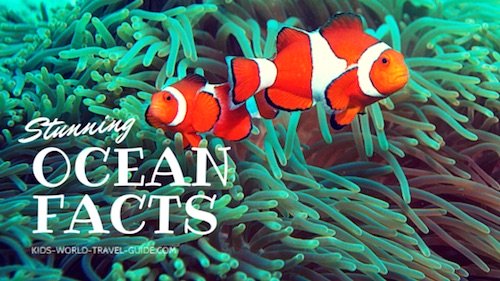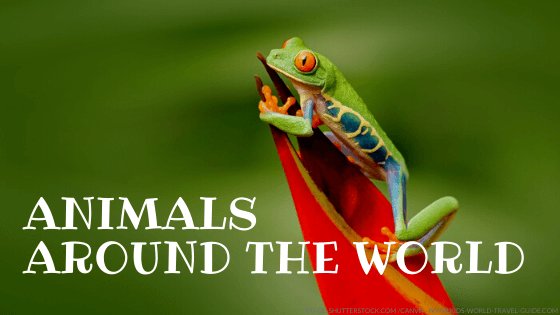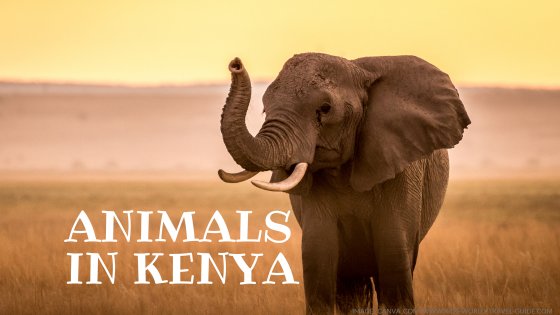Christmas Quiz
Christmas Quiz for Kids

Our Christmas Quiz makes learning about festive traditions from around the world fun. There are so many interesting facts about Christmas around the world.
With our Christmas quiz questions you can test your knowledge and challenge your family and friends. Enjoy!
Christmas Quiz for Kids
20 Fun Christmas Quiz Questions
1. Which country is known for starting the tradition of putting up and decorating a Christmas tree?

2. Santa usually fills the stocking with these "golden" treats. Do you know which country this citrus fruit was first exported from?

3. Do you know the name of this typical Christmas cake and which country it originates from?

4. The famous Christmas carol "Silent Night, Holy Night" was composed in which country?

5. Which country was the first to start the tradition of having a nativity scene display?

6. What is the name of this Italian Christmas treat?

7. What is the name of this dish and which country is famous for serving this dish - not only on Christmas?
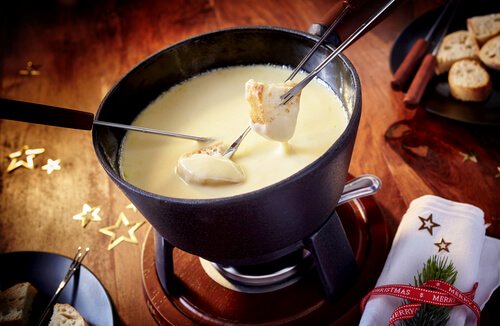
8. How many dishes are traditionally shared on Christmas Eve in Poland? Here is one of them - delicious beetroot soup!

9. Do you know what these sweet 'cookies' are called? They originate from Nürnberg (Nuremberg) in Germany.

10. When do Orthodox Christians celebrate Christmas?

11. When are Christmas gifts exchanged in Germany?

12. When are Christmas gifts exchanged in Spain?

13. Do you know where the tradition of Christmas crackers originates from? And which item should be included in all of them?

14. Which country is traditionally decorating houses with pomegranates over the festive season and breaking them up on New Year to bring good luck?

15. What are the names of Santa's reindeers? And how many reindeers are there?

16. Which unique Christmas tradition is celebrated in Catalonia/ Spain?

17. What do the bells on Christmas trees symbolise?

18. In which country does the Poinsettia plant originate and why is it called Christmas plant?
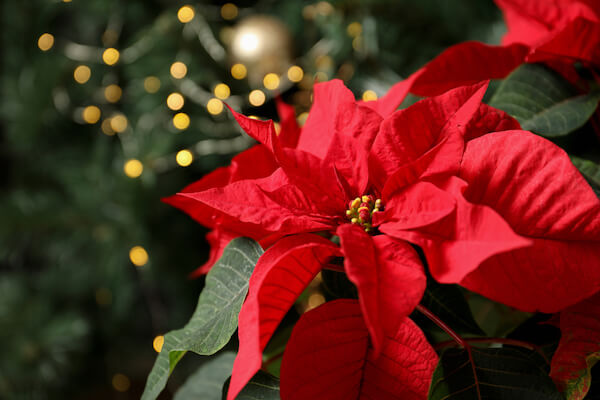
19. What are the names of the Three Wise Men or Magi?

20. Which gifts are presented by the three wise men?
Find the answers to this Christmas Quiz for Kids at the bottom of this page. Or click here.
Fun Christmas Quiz
Codebreaker
Here is a special challenge for all our coders! Enjoy finding out which the ten codes mean....
Click on the image above and download the full set - Codebreaker Quiz with 10 Questions and Answersheet
Have fun! And if you want another Christmas Facts Quiz, then go to our new page here...Click on the image below.
More fun Christmas Trivia

Christmas Quiz for Kids
Answers:
- The tradition of putting up and decorating a Christmas tree is said to have been started in Germany in the 16th century. Read more about Christmas in Germany here.
- Satsumas (also called naartjies, tangerines or mandarines) were first imported from Japan. They grow in the Satsuma province, after which they are named.
- Plum puddings were first baked in England and later were also brought to other countries by emigrants from the British Isles.
- A priest in Austria composed and first played this well-known Christmas carol.
- The first nativity scene was set up in the 12th century in Italy. The nativity scenes usually include Mary, Joseph, baby Jesus in a manger, an ox and an ass and sometimes some sheep. More about Christmas in Italy here.
- The name of the Italian Christmas treat is Panettone. The dome-shaped cake originates from Milan/Italy. More about Christmas in Italy here.
- Cheese fondue is traditionally prepared and eaten in Switzerland.
- In Poland traditionally twelve dishes are served during the Christmas Eve meal.
- This is German gingerbread which is called Lebkuchen. German gingerbread was first made by monks in the 13th century.
- Orthodox Christmas is not celebrated in December but on 7 January.
- In Germany, Christmas gifts are traditionally exchanged on Christmas Eve, 24 December. Read more about Christmas in Germany here.
- In Spain, Christmas gifts are not exchanged on Christmas Day, but on Three Kings Day (Epiphany), 6 January.
- In the UK around 1850, during the Victorian times, the tradition of making Christmas crackers was started. From the 1900s, a Christmas cracker traditionally include a colourful paper hat.
- This is a tradition from Greece. Read more about this tradition here.
- Santa's nine reindeers are called Dasher, Dancer, Prancer, Vixen, Comet, Cupid, Donner, Blitzen and Rudolph.
- Tio de Nadal is a tradition in Catalonia. A smiling wooden log with a red hat "poops" small gifts and sweets after being fed and beaten with sticks while singing songs.
- The bells symbolise joy and celebration. Bells were once used to chase away bad spirits!
- The poinsettia plant originates from Mexico. There is a Mexican legend about poor Pepita whose humble weed bouquet miraculously bloomed into bright red flowers at the Nativity and thus were named "Flowers of the Holy Night". The shape of the flower also symbolises the Star of Bethlehem.
- The Magi are called Caspar, Melchior and Balthazar.
- The Three Wise Men brought gold, myrrh and frankincense.
Christmas Quiz for Kids - Further Resources
- Magdalena Kasprzyk-Chevriaux. "The 12 Dishes of Polish Christmas." Culture.pl. Last updated 1 December 2025. Last accessed 8 December 2025
- Mandy Barrow. "Christmas Dinner in England." ProjectBritain. Last accessed 8 December 2025
- Ben Johnson. "Christmas Crackers." HistoricUK. Last accessed 8 December 2025
Popular Pages
Images on Christmas Quiz for Kids: Shutterstock.com
Go back from Christmas Quiz to Christmas around the World
Return to Kids-World-Travel-Guide Homepage
Like us on Facebook
View our Pinterest boards
Recent Articles
-
German Christmas Markets 2025 | Christmas in Germany | Travel | Family
Dec 11, 25 07:32 AM
These 10 Wonderful German Christmas Markets with unique family attractions and cheerful atmosphere will be fun to visit with your family this year -
Christmas Traditions in Singapore and France | My favourite tradition
Dec 09, 25 06:58 AM
Christmas Traditions in Singapore and France - My favourite tradition by Laura Lim from Singapore -
Christmas Quiz for Kids | Christmas Fun Quiz | Christmas for Kids 2025
Dec 08, 25 09:03 AM
Our Christmas Quiz for Kids will provide lots of fun facts about Christmas traditions around the world with 20 questions based on our Christmas pages. Enjoy!















